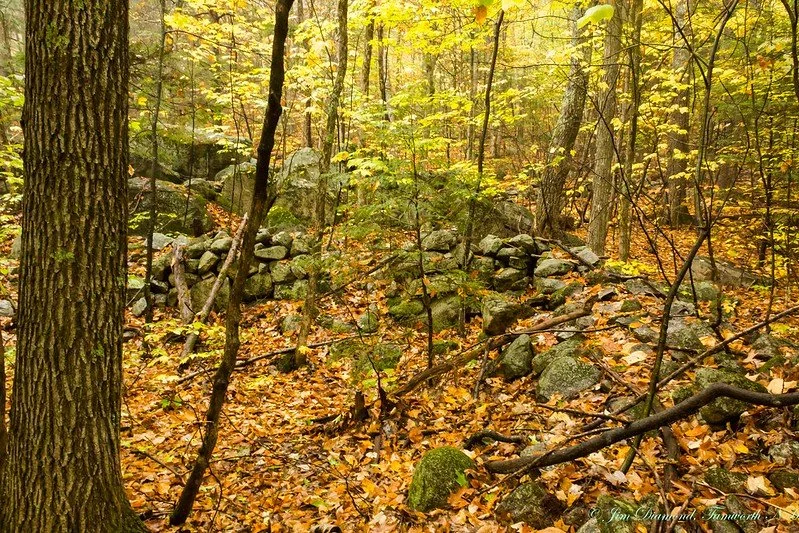Variation in Nature
During our walk at the Scott and Bolles Reserve in mid-November, our group of observant hikers noticed a small oak sapling with unusually large leaves. We stopped later to look at variation in leaves—all shapes and size even on the same species.
Here are some oak leaves (above), all from not only the same species, but also the same tree! So amazing to see what variation appears in the natural world, variation that few of us really stop to notice. Sometime this variation is genetic, or may be due to where a tree grows or conditions during the year. Sometimes the size and shape of leaves depends on where they might be on a particular tree and in the canopy.
Larger leaves on this oak, with wider lobes, have a great surface area for photosythesis (when they are green!). You'll often find these leaves on the lower branches, or maybe on young saplings growing near the ground in the understory. Those larger leaf surfaces have more photosynthetic area, useful in places more shady, or with dispersed sun. Near the tops of the trees, exposed to the full sun and light, the leaves tend to have less surface area. Notice the leaves here with deep cuts and narrow lobes? Leaves near the top of the tree exposed to full sun (and heat) with less surface area are less likely to overheat.
Next time you are out for a walk, take a look at the leaves and notice what variations you see. Where on a tree or plant are those variations? Why might that be the case? You can learn so much about the natural world just by tuning up your observation skills!
Banner image: A stone wall in the Clark Reserve, adrift in fallen leaves. Photo: Jim Diamond


